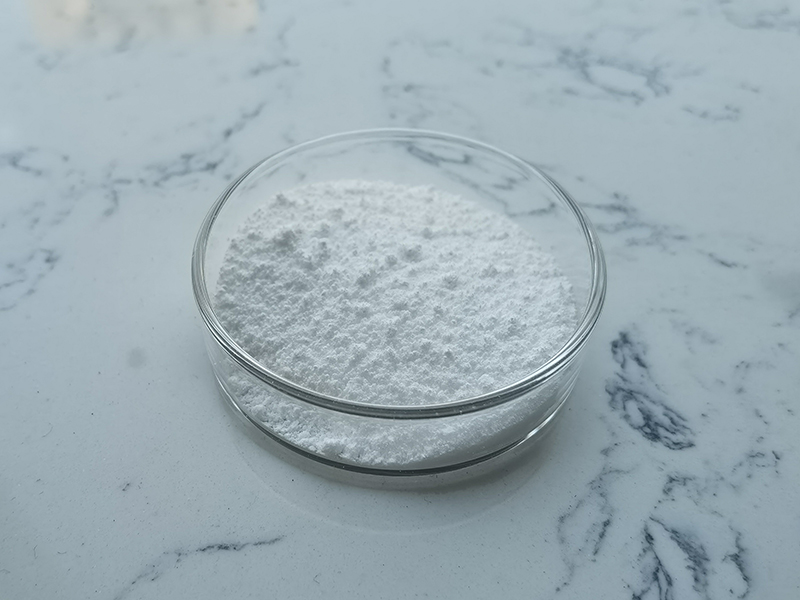2-Deoxy-D-Ribose is a crucial sugar component of deoxyribonucleotides, which form the backbone of DNA. It is a deoxygenated form of D-ribose, with the hydroxyl group at the 2-position replaced by hydrogen. This sugar is widely used in biochemical and pharmaceutical research, particularly in the synthesis of nucleosides, nucleotides, and antiviral or anticancer drugs.
Production Methods
There are several methods for the production of 2-Deoxy-D-Ribose, including chemical synthesis, enzymatic synthesis, and biotechnological approaches.
A. Chemical Synthesis
1.Reduction of D-ribonolactone
- D-ribonolactone is reduced using sodium borohydride or other reducing agents.
- This method requires purification to remove unwanted isomers.
2.Selective Deoxygenation of D-Ribose
- D-ribose is treated with reducing agents and catalysts to remove the hydroxyl group at C-2.
- This method can produce unwanted side products.

B. Enzymatic Synthesis
1.Aldolase-Catalyzed Condensation
- Enzymes such as aldolases catalyze the formation of 2-Deoxy-D-Ribose from simpler precursors.
- This method is more regioselective and avoids harsh reaction conditions.
2.Biotransformation Using Microorganisms
- Certain bacteria and fungi can convert D-ribose into 2-Deoxy-D-Ribose through enzymatic pathways.
- This method is eco-friendly and can be scaled up for industrial production.
C. Microbial Fermentation
- Genetic engineering techniques can introduce metabolic pathways for direct fermentation of 2-Deoxy-D-Ribose.
- This approach is gaining interest due to sustainability and cost-effectiveness.
Quality Control of 2-Deoxy-D-Ribose
To ensure high purity and consistency, 2-Deoxy-D-Ribose production involves rigorous quality control:
A. Purity Testing
- High-Performance Liquid Chromatography (HPLC): Used to determine purity and detect impurities.
- Mass Spectrometry (MS): Confirms molecular weight and structural integrity.
- Nuclear Magnetic Resonance (NMR): Verifies the chemical structure.
B. Physical and Chemical Properties
- Melting Point & Optical Rotation: Used for identification and quality verification.
- Moisture Content: Controlled to prevent degradation.
C. Microbial and Endotoxin Testing
- Ensures the absence of bacterial contamination, especially for pharmaceutical applications.

Applications of 2-Deoxy-D-Ribose
- DNA and RNA synthesis research
- Pharmaceutical intermediates (e.g., antiviral drugs)
- Anticancer drug formulations
- Biochemical studies in metabolism and enzymology
Would you like details on a specific production method or its industrial applications?
